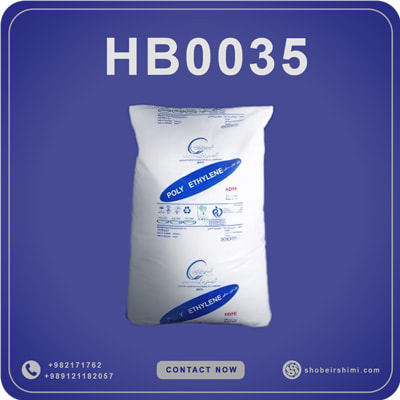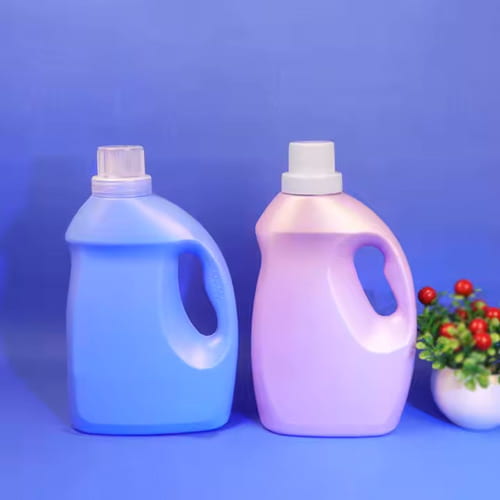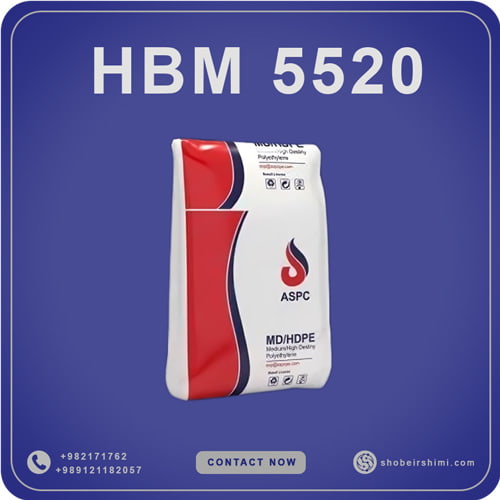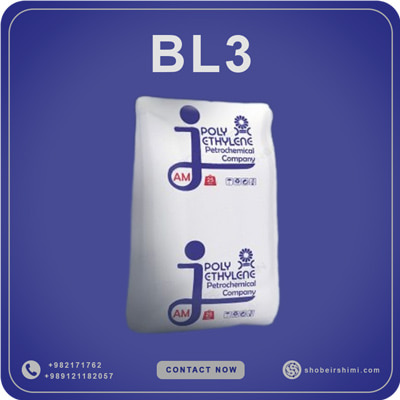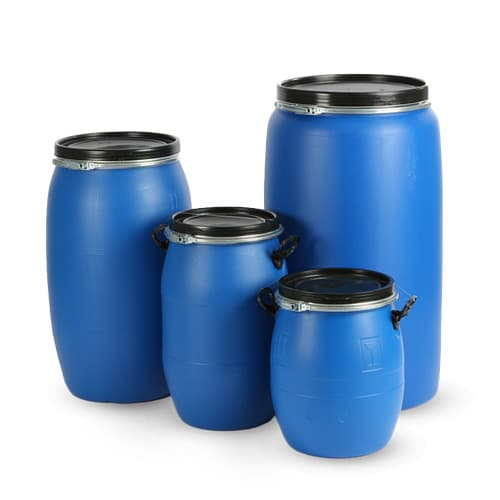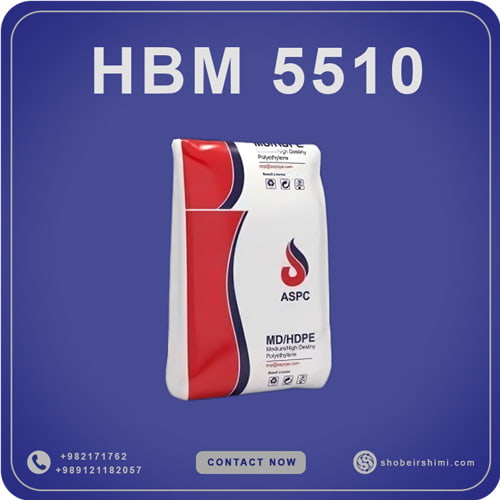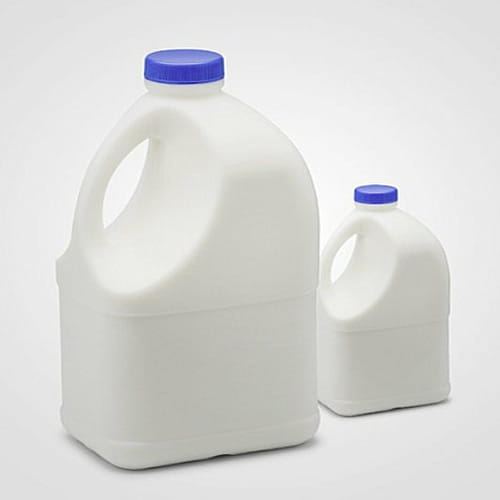HDPE Blow Molding Grade: Your Guide to Blow Molded Polyethylene Excellence
High-Density Polyethylene (HDPE) is a versatile thermoplastic polymer essential to modern industry. Its unique molecular structure and robust properties make it the perfect material for a specialized manufacturing process known as HDPE blow molding. This method creates hollow plastic parts by inflating a heated plastic tube (a parison) with compressed air inside a closed mold.
The global market has greatly benefited from combining blow molding with HDPE, as the resulting products are known for their exceptional flexibility, durability, and resistance. This makes HDPE the premier choice for applications ranging from everyday household items to large industrial parts and automotive components. The efficiency and quality of this process have cemented HDPE blow molding as a staple in modern production, with its versatility made possible by a wide selection of HDPE Grades.
HDPE Blow Molding Grade: A Guide to Blow Molding Grade HDPE
The term HDPE blow molding grade refers to specific formulations of High-Density Polyethylene that have been optimized for the blow molding process. These HDPE molding resins are engineered with a particular balance of melt strength, viscosity, and molecular weight distribution to ensure stable parison formation and high-quality final products. The choice of the right blow molding grade HDPE is crucial for success, influencing everything from the production speed to the strength and appearance of the final part.
Below is a selection of high-performance HDPE blow moulding grades from prominent producers, detailing their key properties and common applications. This information provides a glimpse into the diverse options available on the HDPE large blow molded products market.
Note: MFI values for some grades are often measured with a higher load (21.6kg) in technical datasheets for blow molding grades to better reflect their high melt strength, which can be seen in the datasheets for the HBM grades.
Advantages of HDPE in Blow Molding
Using a dedicated hdpe blow molding grade offers numerous advantages that make it a top choice for manufacturers seeking to produce durable, resistant, and sustainable products. The economic advantages of HDPE blow molding are clear: it provides excellent value in manufacturing plastics, especially for large-scale production.
- Cost-Effectiveness: HDPE is one of the most cost-effective polymers, which contributes to competitive hdpe (blow molding) prices for the final products.
- High Strength-to-Density Ratio: The final blow molded polyethylene product is rigid and durable. This allows it to withstand significant mechanical stress and impact, making it a long-lasting and reliable material for both small bottles and large containers.
- Flexibility & Versatility: HDPE can be molded into various shapes and sizes, enabling manufacturers to produce a wide range of goods efficiently.
- Chemical and Moisture Resistance: This polymer has excellent resistance to a variety of chemicals (acids, bases) and is impermeable to moisture. This feature makes it a top choice for packaging for chemical, pharmaceutical, and food-grade products, ensuring technicians are safe from exposure to harsh substances and preventing leaks over the long term.
- Temperature Resistance: HDPE can remain stable across a wide temperature range, making it a reliable material for industrial packaging and products used in extreme conditions.
- Recyclability and Sustainability: HDPE is one of the most widely recycled plastics (recycling code #2), and it can be recycled multiple times without significant loss of properties. This makes hdpe blow moulding a sustainable choice, appealing to environmentally conscious manufacturers and consumers.
HDPE Blow Molding Applications
As a manufacturing process, HDPE blow molding has a vast number of applications in creating a wide range of hollow products. Thanks to its exceptional properties, blow molded polyethylene is an ideal material for a variety of uses, from household items to industrial products.
Small Containers and Bottles
One of the most important applications for HDPE blow molding is in the production of small containers and bottles. It is extensively used globally to produce containers for motor oil, toiletries, water, and bleach. The chemical resistance, durability, and moisture resistance of HDPE ensure that these containers are safe from harsh chemicals and can prevent leaks. Its non-toxic properties and high strength-to-density ratio also make it a reliable and safe storage option for water and other beverages.
Packaging and Industrial Use
Another major application for HDPE blow molding is in the packaging industry. HDPE containers are used for various pharmaceutical and surfactant products because the material’s chemical resistance and durability are key to ensuring the safe storage of such sensitive substances. In the industrial sector, HDPE blow molding is used to produce jerrycans, industrial drums, and Intermediate Bulk Container (IBC) tanks. The HDPE provides the necessary impact and chemical resistance to prevent leaks and contamination. In the automotive industry, manufacturers produce car fuel tanks with HDPE because of its ability to withstand harsh temperatures and chemical exposure.
Other Applications of HDPE Blow Molding
The applications of HDPE blow molding are not limited to chemical and industrial containers. Manufacturers can use HDPE to produce various other items. For example, toys and playground equipment take advantage of HDPE’s durability, safety, and flexibility to withstand rough usage and outdoor conditions. In the automotive industry, components like air ducts are made with HDPE because they require durability and precise shaping to perform effectively in vehicles.
Blow Molding Processes
The general process of HDPE blow molding is straightforward. It involves heating a thermoplastic material like HDPE to its molten state and then shaping it into a hollow object using compressed air inside a mold. This fundamental process can be accomplished in three main ways: extrusion blow molding, injection blow molding, and stretch blow molding.
Injection blow molding
Injection blow molding is a manufacturing process in which the final products are made in two steps. First, a reform, small, and thick-walled version of the final product will be created by injecting the molten HDPE into a mold. After this step, the performance of the final product should be kept cool. Once the preform is cooled, it will be transferred to blow mold then reheated and inflated with compressed air to take the shape of the final product.
Extrusion blow molding
In this process of blow molding, a continuous or non-continuous parison, which is a tube of molten plastic, is extruded from an extruder Head. In continuous extrusion blow molding, the parison is extruded continuously, which is suitable for high-volume production of items. In non-continuous extrusion blow molding, instead, an accumulator head collects molten plastic before releasing it in one go to form a parison.
Stretch blow molding
Stretch blow molding is another process that involves stretching the perform both axially and radially before inflating it. By doing this, the polymer chains in the HDPE will be aligned, which will enhance the mechanical resistance and strength of the final product. Stretch blow molding is used when higher durability and strength are required.
Differences between blow molding processes
All three blow moulding processes are used for producing various products using HDPE. The extrusion blow molding is ideal for high-volume production and larger complex items. Where the injection blow molding is ideal for small and high-precision products. Manufacturers use stretch blow molding when they want to enhance the mechanical properties and produce durable and strands containers.
All three blow moulding processes are used for producing various products with a suitable hdpe blow grade.
Role of the parison in blow molding
The parison is a tubular piece of molten plastic, which is very important in the Blow moulding process. This molten plastic will be formed into a final product in the molding process. The extrusion blow moldin,g as we talked about above, uses parisons continuously or non-continuously to shape the final product. The consistency and the quality of the parison will result in the uniform wall thickness and overall product quality.
Global Market Insights and Choosing a Supplier
The global HDPE large blow molded products market has experienced significant growth over the past decades. The demand for lightweight and durable packaging solutions across industries is increasing, and HDPE’s simple production process, coupled with its durability, flexibility, and strength, makes it the manufacturers’ top choice for packaging solutions worldwide. Especially with rising environmental regulations promoting the use of recyclable materials, the demand for HDPE blow molded products is projected to grow in the future.
Major players like Reliance and SABIC offer a wide range of HDPE blow moulding grades, but it’s essential to consider all options to find the best fit. At this time, with the demand for HDPE polymers on the rise, finding a reliable supplier is crucial. It is essential to consider factors like product quality, consistency, and a supplier’s ability to meet your specific needs. HDPE blow grade prices and hdpe blow moulding grade prices can fluctuate, so a supplier who can provide competitive pricing and market insights is invaluable.
SHOBEIR SHIMI company is one of the reliable suppliers in Iran’s petrochemical industry, specializing in importing and exporting petrochemical products like HDPE. We ensure that each product meets the highest quality standards and the specific needs of customers around the world. We offer a diverse range of polymer materials, compounds, and chemicals that can help you meet your HDPE blow molding company needs. For quotes and detailed information, you can contact SHOBEIR SHIMI company directly. Be free to ask us what you need in HDPE Market trends from us, including information on HDPE natural blow grade scrap for sustainable production.

